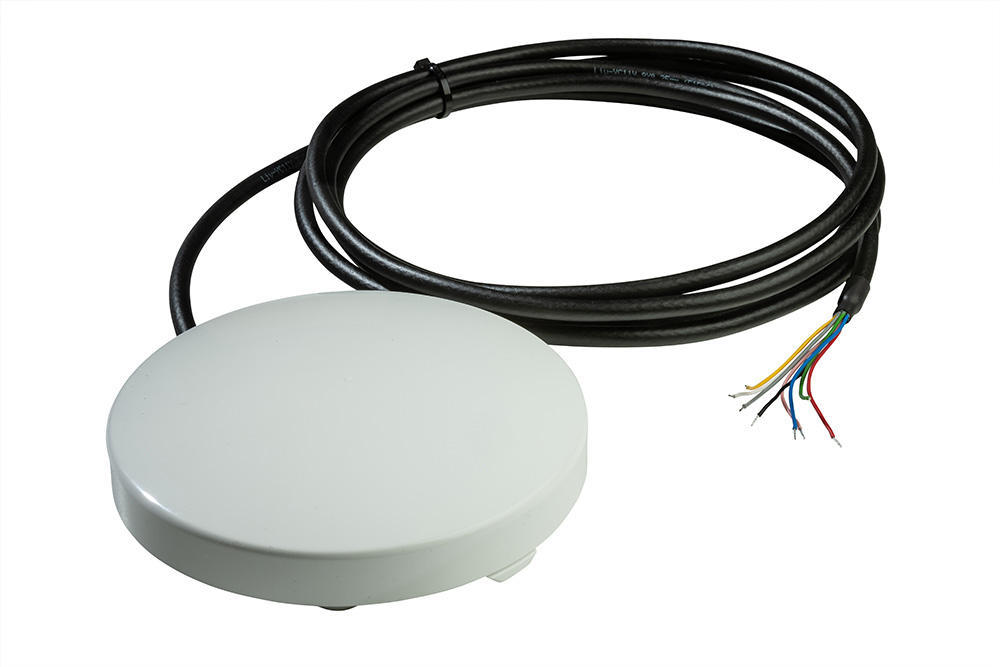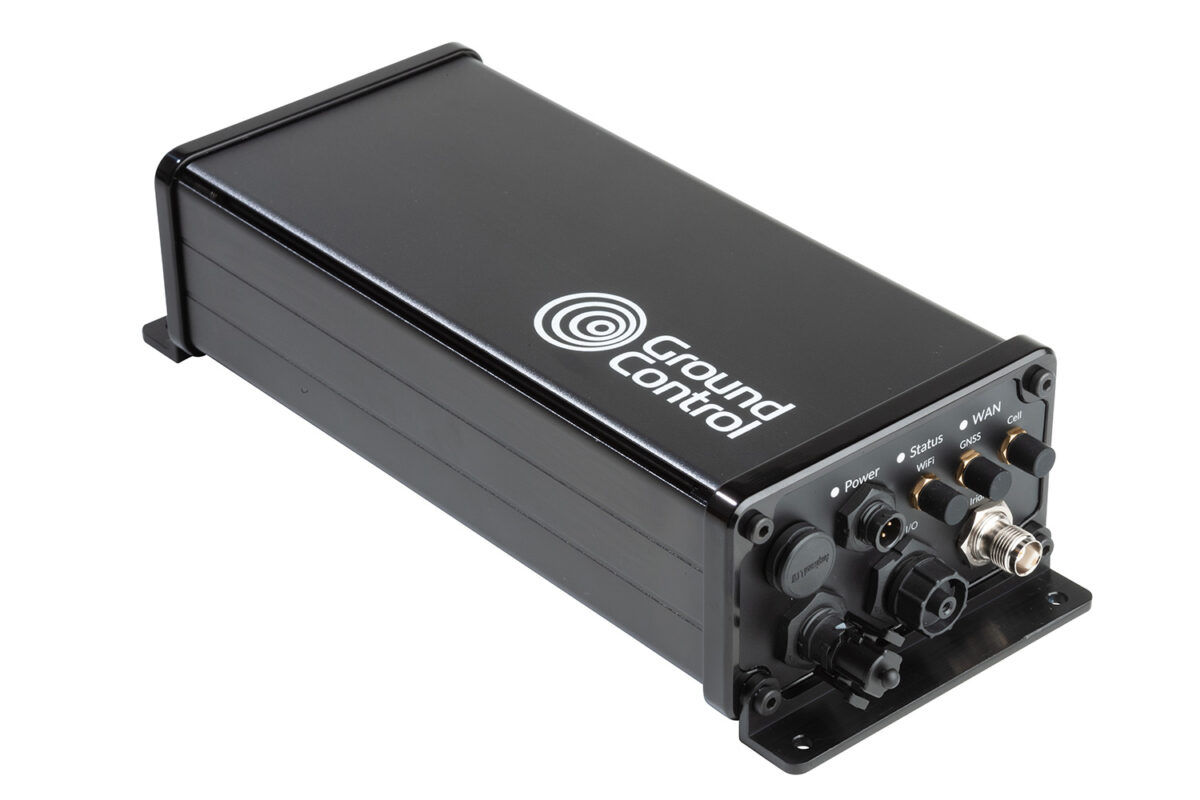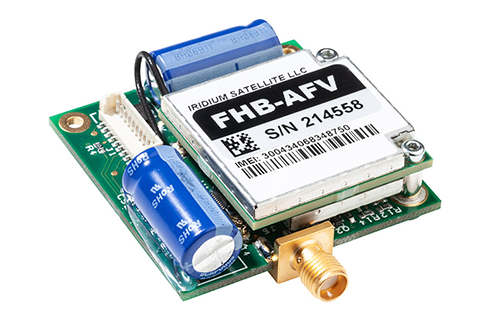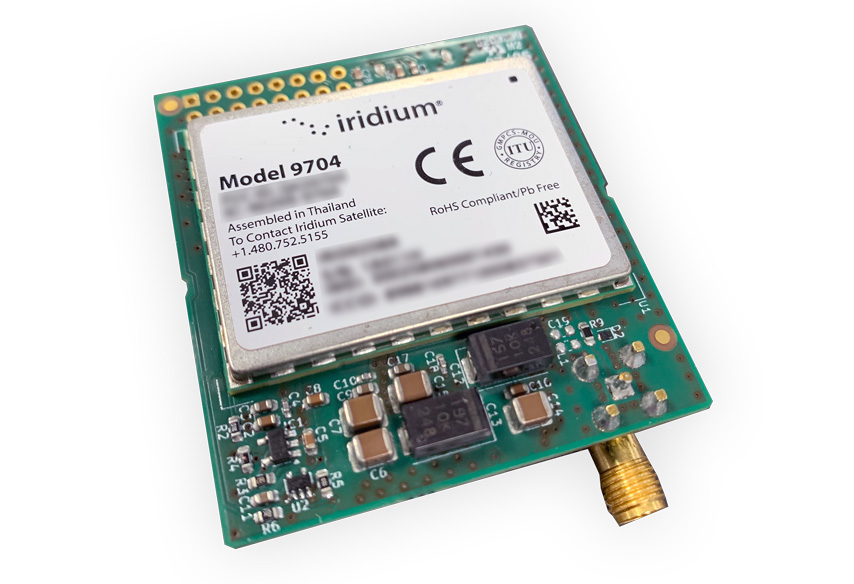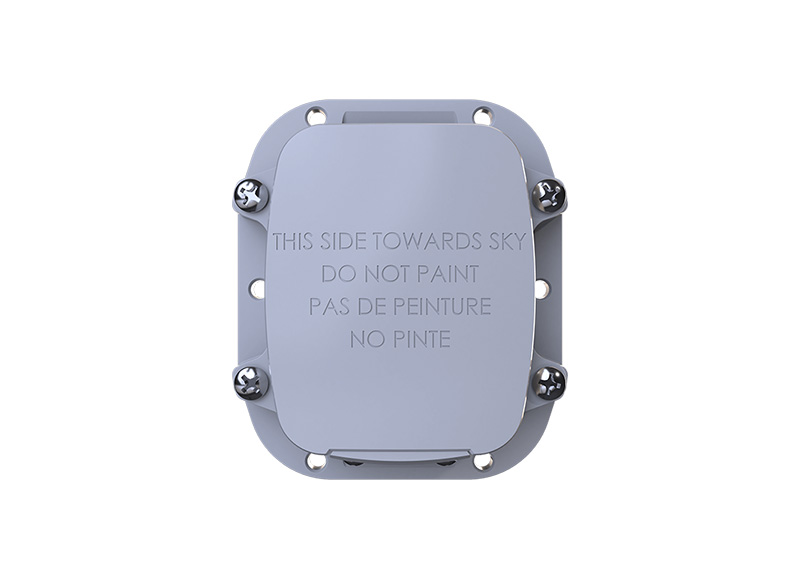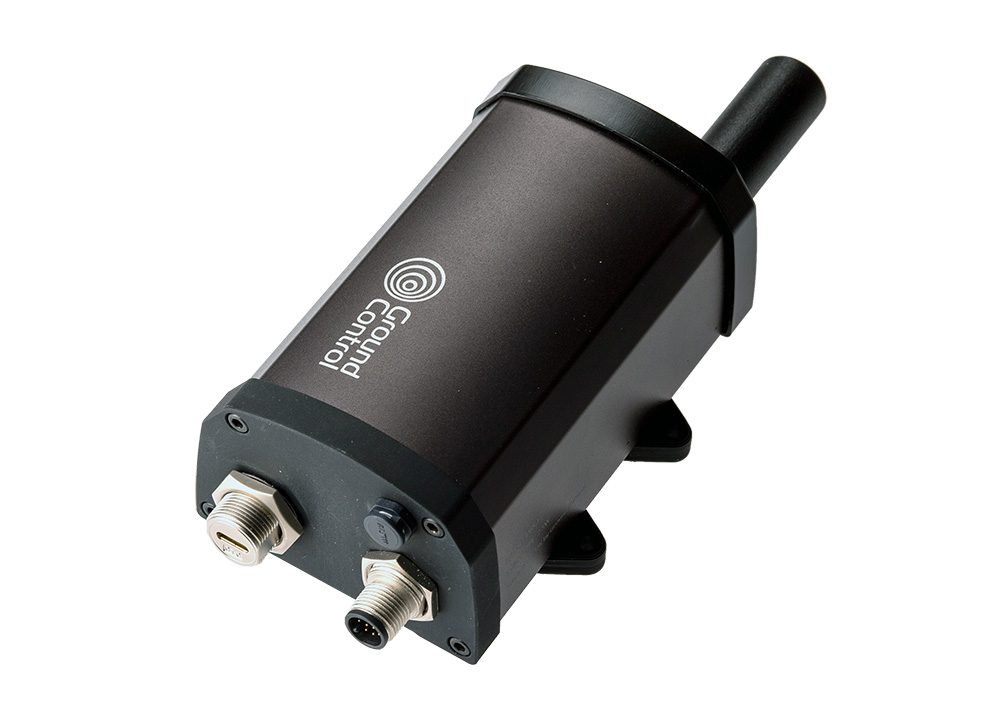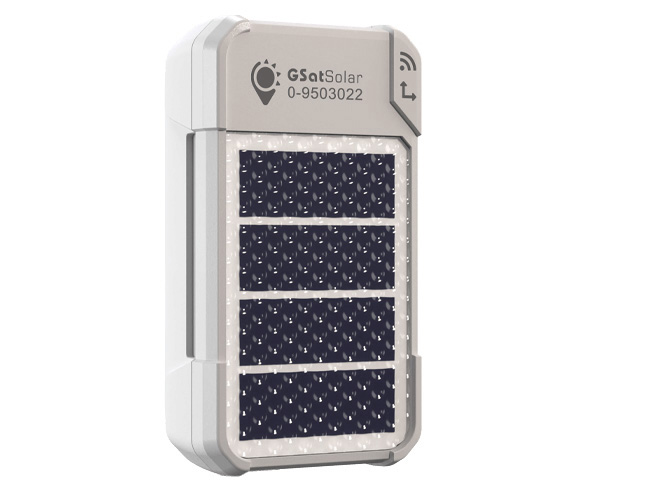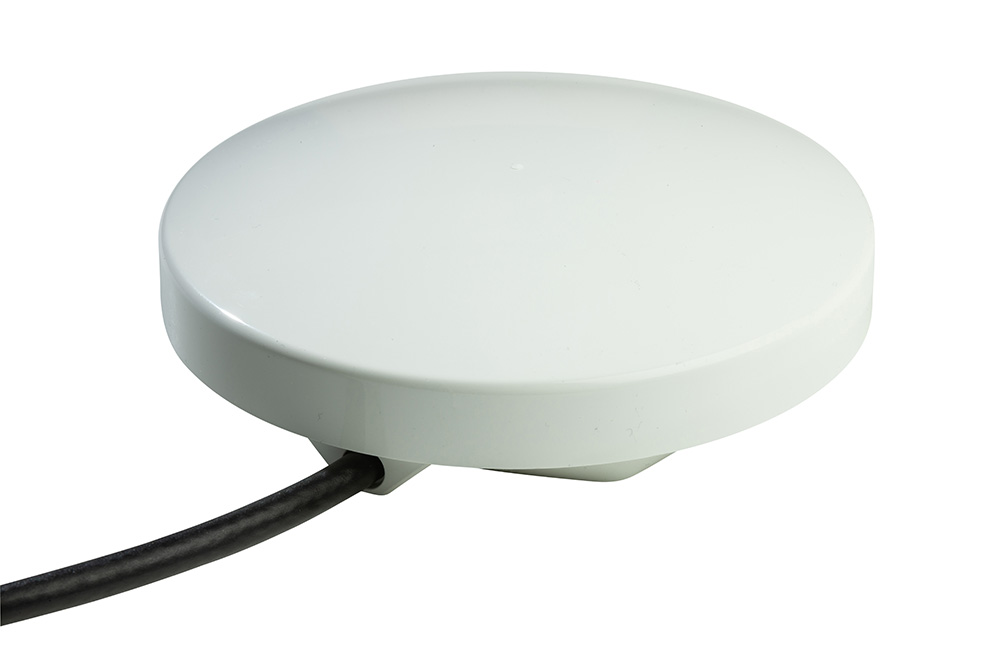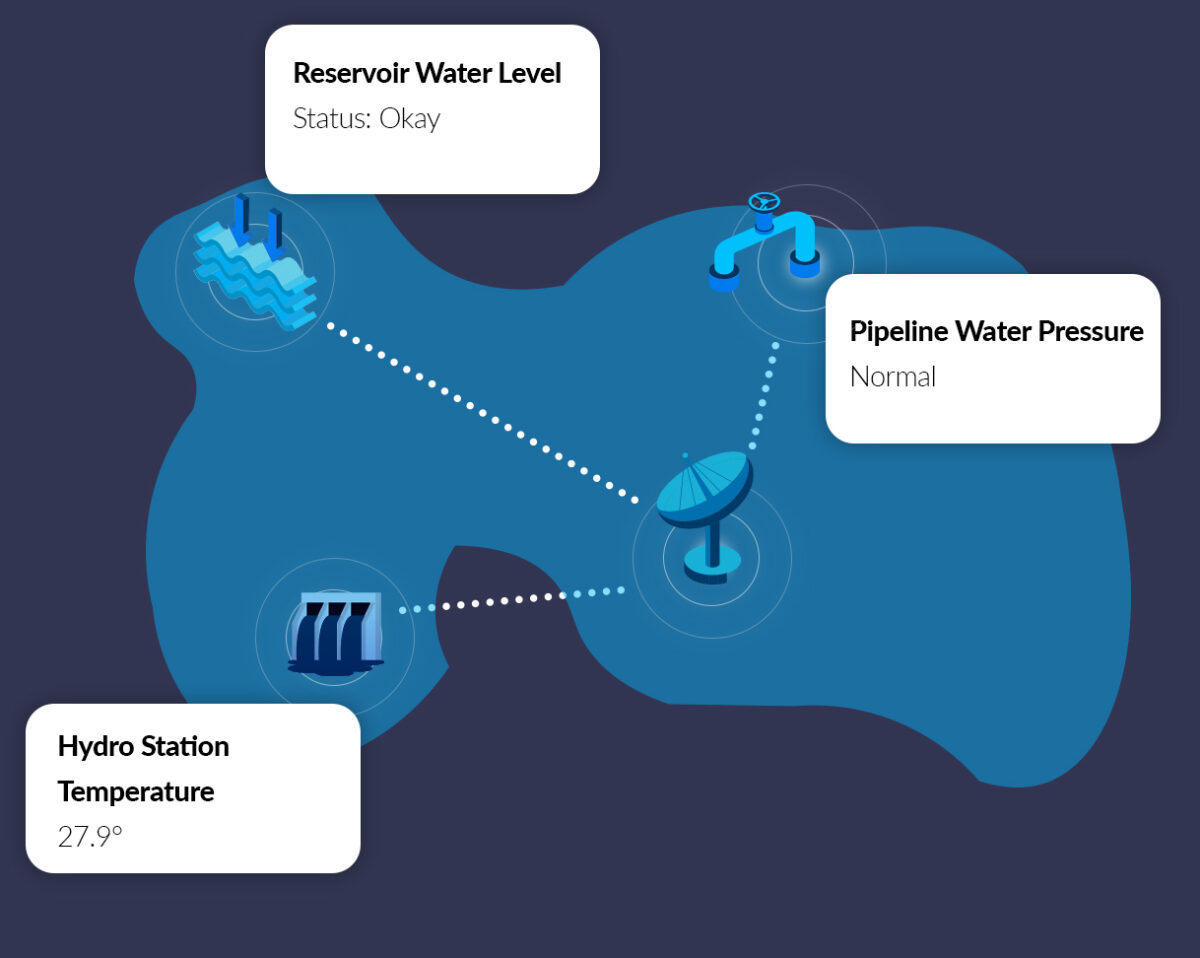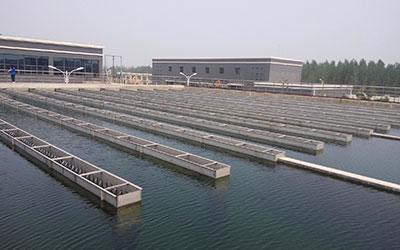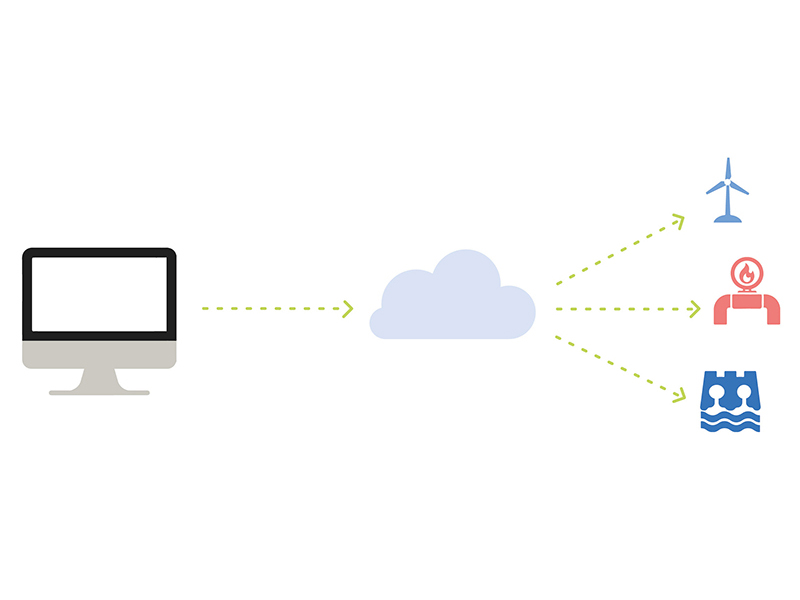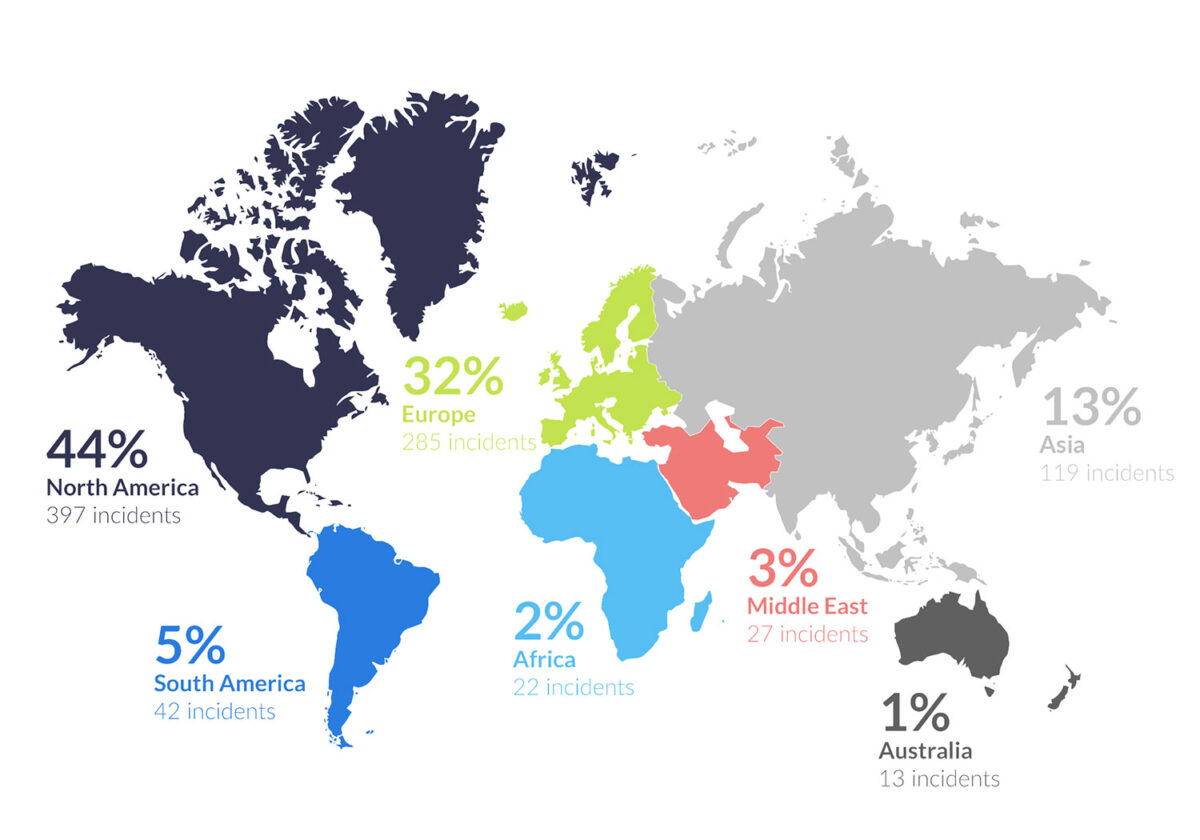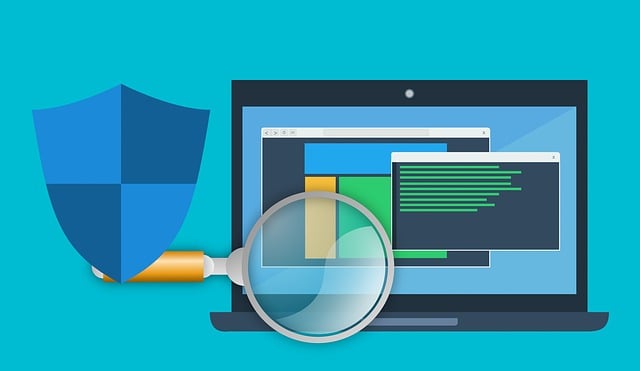Our Services for Water Utilities

Delivering Enhanced Water Sensing And Monitoring
Choosing the right satellite connectivity for your application
Not all remote water and wastewater monitoring systems require the same type of connectivity. For time critical systems, real-time, two-way communication is essential. For others, scheduled updates are more than enough, and power, cost and scale become the priority.
Use this guide to match your application with the right approach:
 Real Time Satellite Connectivity
Real Time Satellite Connectivity
 Store-and-Forward via NTN NB-IoT
Store-and-Forward via NTN NB-IoT
Use where instant response, control or alerting is essential.
Leak and burst detection on pipelines
Catch anomalies early with real time pressure or acoustic data from key pipeline sections, enabling fast intervention and water loss reduction.
SCADA control at pump stations and valve assets
Send and receive commands to remote infrastructure, either as primary or failover comms.
Backup telemetry for critical infrastructure
Ensure business continuity with immediate failover when cellular fails.
E.g. Iridium Certus 100, Iridium Messaging Transport (IMT), Iridium SBD, and Viasat IoT Nano.
Perfect for low power, low cost data collection where latency is acceptable.
Remote meter readings
Send daily or weekly usage data from customer or bulk meters, even in areas with no cellular coverage.
Tank and reservoir level monitoring
Monitor fill levels or flow trends at gravity-fed sites with scheduled updates every few hours.
Environmental compliance monitoring
Gather turbidity, rainfall, or chemical data periodically for regulatory or flood reporting.
This is emerging technology. We are currently testing our RockBLOCK RTU with a standards-based module.
Why Satellite IoT Matters for Water Monitoring Manufacturers
Embedding Ground Control’s satellite-enabled solutions or modules into your sensing, monitoring and water management equipment enables manufacturers to offer a more complete, resilient, end-to-end telemetry solution to water and wastewater utilities. By integrating reliable satellite-enabled connectivity, sensors can operate in locations that are challenging or impossible to reach with cellular networks alone.
The combined solution – your sensor paired with Ground Control modules and devices – delivers global connectivity, lower maintenance requirements, longer operational life, and greater data integrity, creating a compelling value proposition for water utility providers.
FAQs About Satellite IoT in Water Utilities
Many utilities still rely on PSTN or cellular, but these either are being phased out (PSTN sunset by 2025) or suffer spotty coverage in rural/industrial zones.
While satellite connectivity has proven itself as a reliable, secure and effective means of maintaining links with remote assets, some instances, the relatively high cost of the module and airtime has made it cost-prohibitive for some wide scale applications.
The emergence of standards-based satellite IoT (e.g. NTN NB-IoT) has the potential to unlock these use cases. By using the same NB-IoT module as would be used for cellular connectivity, the cost of the hardware is materially lower, and while airtime rates are still in flux, it’s anticipated that these will be lower than proprietary solutions.
There are drawbacks; data volumes are very small, and latency is high. But if you have a latency-tolerant application such as daily meter readings, reservoir monitoring, pipeline integrity logs or environmental baseline sensing, this could be an excellent option.
Continuous SCADA polling and big data uploads can drain solar / battery packs very quickly. The key is transmitting only what’s needed, when it’s needed. Devices like the RockBLOCK RTU include onboard edge processing, allowing them to locally log, aggregate, and filter data, transmitting only summary or exception data at set intervals. This dramatically reduces airtime and power use.
Paired with energy efficient protocols like Iridium SBD or NTN NB-IoT, which is designed for store-and-forward transmission, these systems can run for years on solar and battery power, even in low light environments.
Read more about maximising battery life for remote IoT devices
Devices like the RockREMOTE Rugged and RockREMOTE act as intelligent gateways between legacy PLCs/RTUs and modern satellite IoT networks. They support serial or Ethernet connections and translate data into open protocols like MQTT, sending it securely over satellite without altering your core system.
This means you can modernise connectivity, via satellite, without replacing infrastructure, and bring new remote assets online gradually, on your terms.
Water utilities rank cyber threats as their top operational concern, and with justification. Our recent report into data security within critical national infrastructure found that 93% of organizations have seen rising cyber threats.
Satellite IoT offers a secure, self-contained communication path, operating independently of terrestrial networks, reducing exposure to common threats like DNS poisoning, DDoS, or unauthorized access.
All Ground Control devices support encrypted data transmission as standard, and because they’re not reliant on public cellular or internet infrastructure, they offer a dramatically reduced attack surface.
As highlighted in our data security report, satellite links can also provide a resilient backup in the event of a cyberattack, ensuring you retain visibility and control when it matters most.
Read the full report on how satellite supports data security
Modern satellite IoT offers scalable cost structures suitable for large deployments. The emergence of NTN NB‑IoT devices, using mass-produced chipsets, promises gradual hardware cost reductions through economies of scale.
On the airtime front, low data volume plans tailored to meter readings, tank levels, or periodic environmental reporting are competitively priced; typically a few dollars per device per month, with flexible overage controls available via platforms like Cloudloop.
Plus, with Cloudloop’s unified management ecosystem, you can monitor device health, remotely update firmware, and control airtime activations, all via the same portal, significantly reducing field maintenance and support costs.
Yes – at least in the case of the satellite network operators Ground Control chiefly recommends. Both Iridium and Viasat offer architectures that let you keep your telemetry within approved jurisdictions and capture full audit logs.
Iridium Regional Gateways: Iridium’s LEO constellation down‑links traffic through a network of ground stations in Tempe (AZ), Fairbanks (AK), Svalbard (NO), Izhevsk (RU) and Punta Arenas (CL). By selecting which feeder gateway processes your traffic, you can ensure data never crosses borders you don’t authorize
Viasat In‑Country Gateways: Viasat’s IoT offerings include “in‑country gateway antennas” that let you build private satellite networks terminated on domestic soil, aligning with local data‑sovereignty and regulatory requirements.
On both networks, every packet can be tagged with standardized metadata and cryptographically protected, creating an auditable trail from device to application. Should you need isolated fallback communications during a cyber‑incident, satellite links can be fully segmented from public ISP infrastructure, further tightening your security posture.
Satellite Connectivity for Water Management Manufacturers
We understand the challenges facing water sensing, monitoring and component manufacturers. Our team are experts in getting data from hard-to-reach places – so you don’t have to be.
We are proud to have provided one of our utility customers with 27 years uninterrupted service, making satellite that company’s most reliable system. To learn more about our solutions and how these can help you deliver a better end-to-end solution for your water utility customers, get in touch today.

